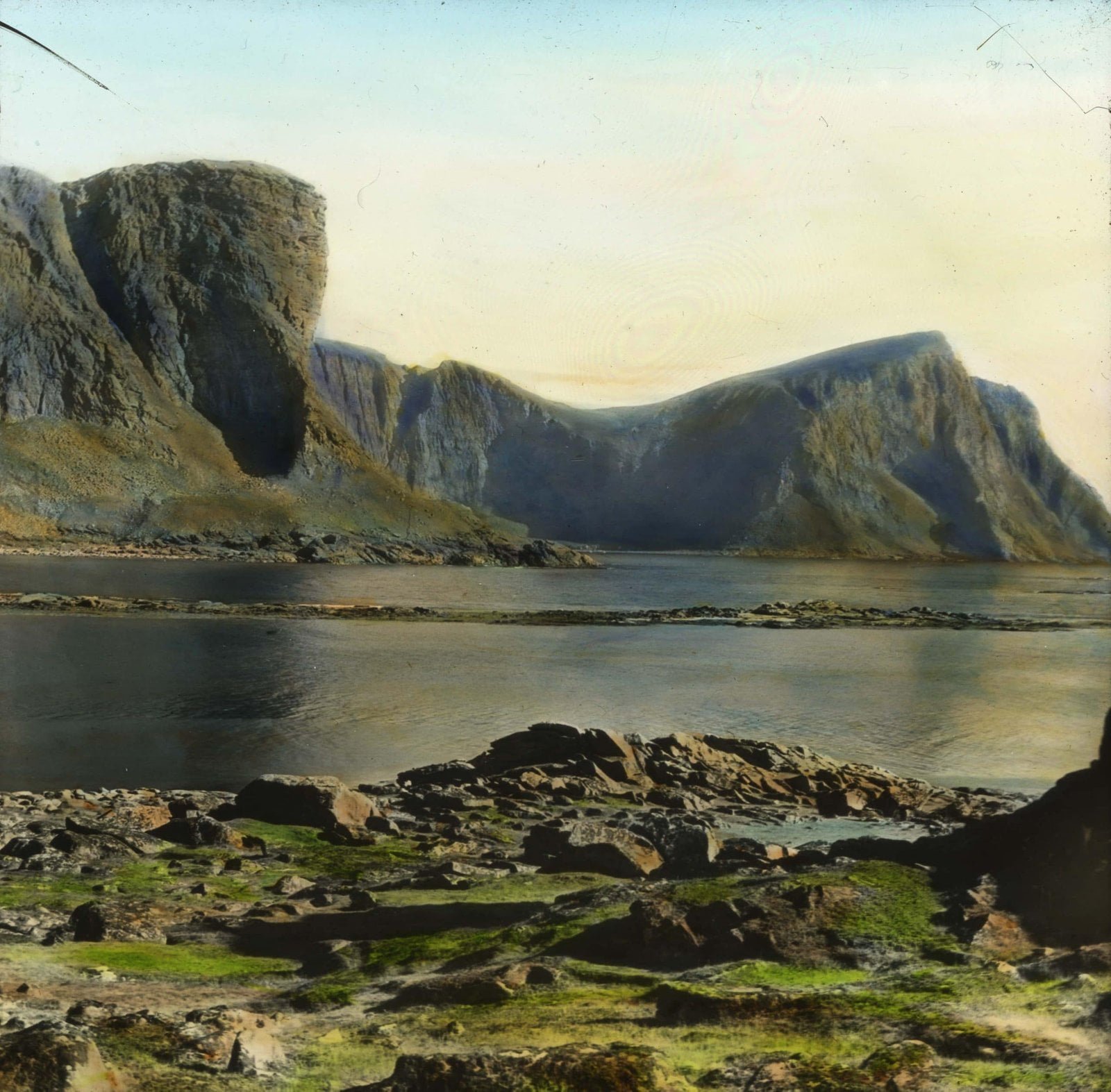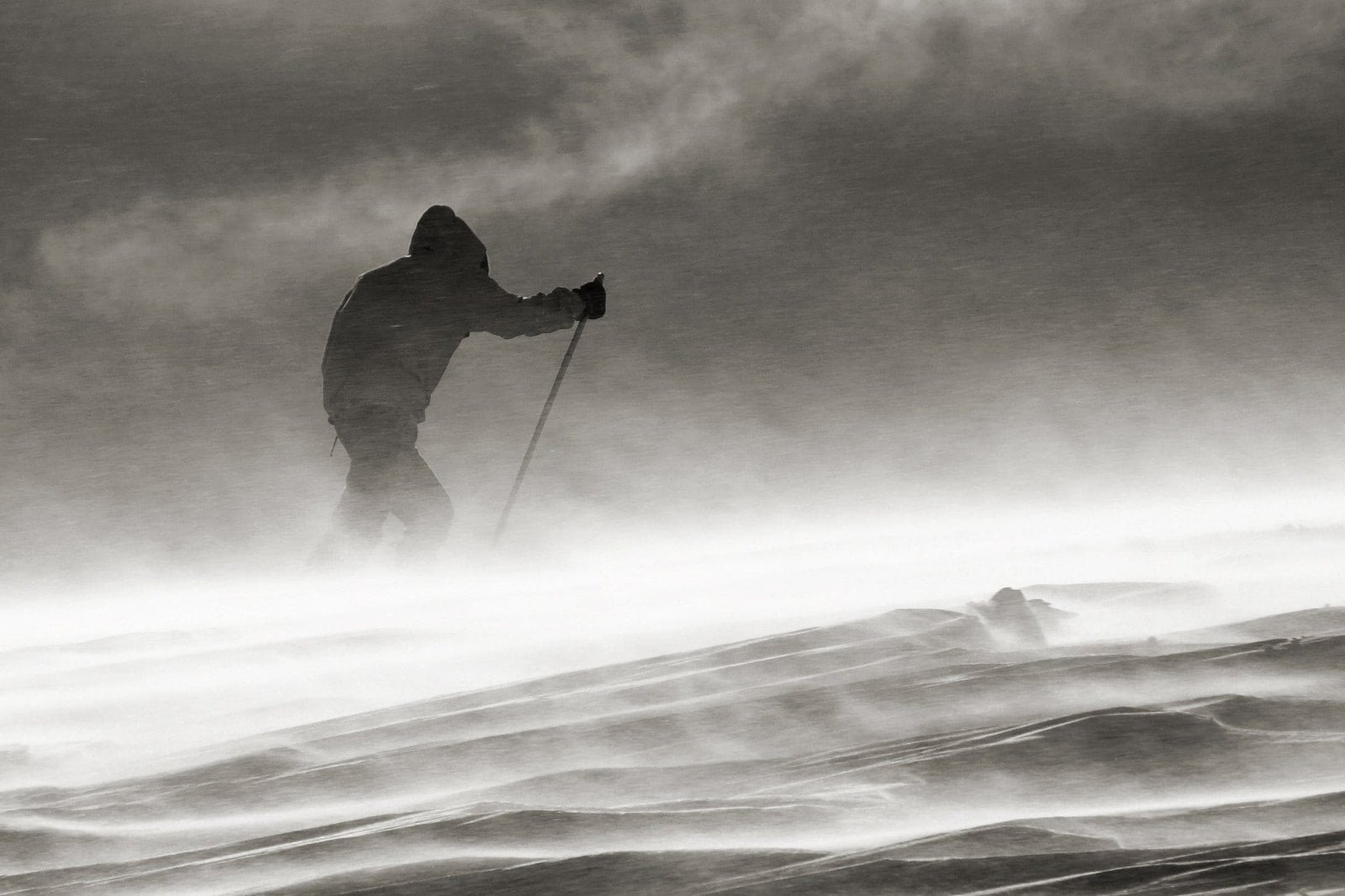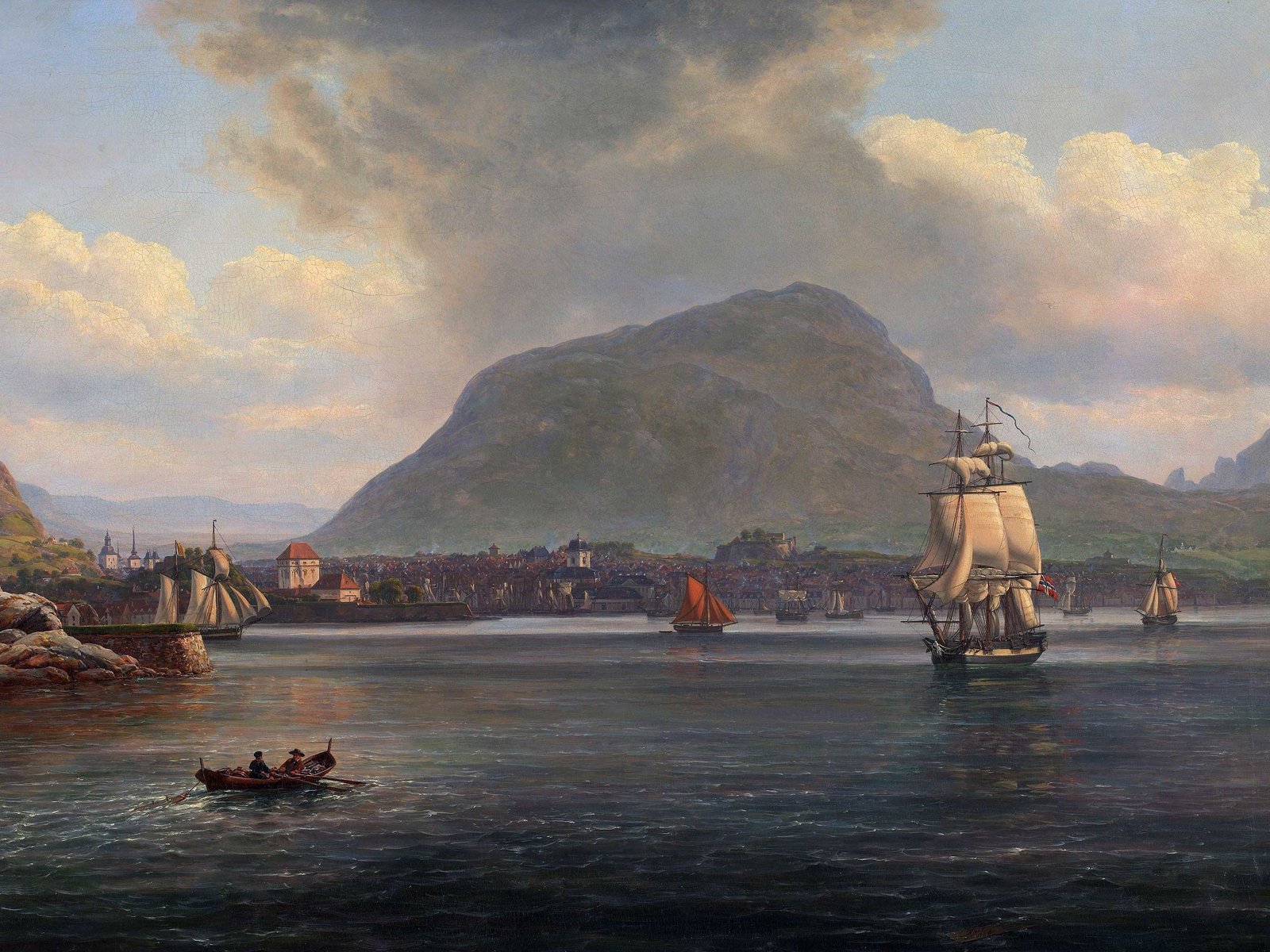Driven away from the herd
After several attempts, the muskox species was successfully introduced into the Norwegian fauna around 1950. Its main habitat is the mountain area of Dovre.
The muskox’s mating season begins in late June and peaks in mid-August. The dominant bull, fights and drives away opponents from the herd.
It was probably a stressed and evicted muskox bull who attacked and killed farmer Ole P. Stølen in late July 1964.
The full-grown bull had moved down from the mountains, towards populated areas in the valley. At the time, the species and its temperament were still relatively unknown to most people in the area.
Curiosity can kill
It was when a group of five curious locals approached the bull at close range, that the bull made a furious attack. It first hit Stølen in the back.
Initially, Stølen seemed unharmed, stood up, grabbed a stone, and tried to shoo the animal away. That was his second and fatal mistake.
The bull charged again. This time, it hit Stølen in the front, a blow that threw Stølen’s body several metres through the air and down a slope.
The animal stood still for quite some time, preventing the shocked bystanders from getting to their neighbour.
The police and an ambulance were called and arrived shortly thereafter, but there was nothing to be done: Ole Stølen had lost his life.
The bull moved away from the spot, and towards a more densely populated area. The police took no chances and ordered the animal shot.
A dangerous animal
Over the years, there have been many muskox attacks in Norway, both within and on the fringes of the Dovre habitat; none of them fatal, as the one in 1964.
The usually peaceful animal will attack with full force if you get too close, and the recommended minimum distance is 200 metres.
Today, there are around 200-250 muskox individuals within the Dovre habitat. Over the years, smaller groups have also migrated into other areas.
Ole Pedersen Stølen was born on 13 May 1891 in Oppdal, and his final resting place is in the Oppdal cemetery.
Sources: Adresseavisen 1964.07.23 page 1. Nasjonalbiblioteket. nb.no | Glåmdalen 1964.07.23 page 1. Nasjonalbiblioteket nb.no | EGP.00012











